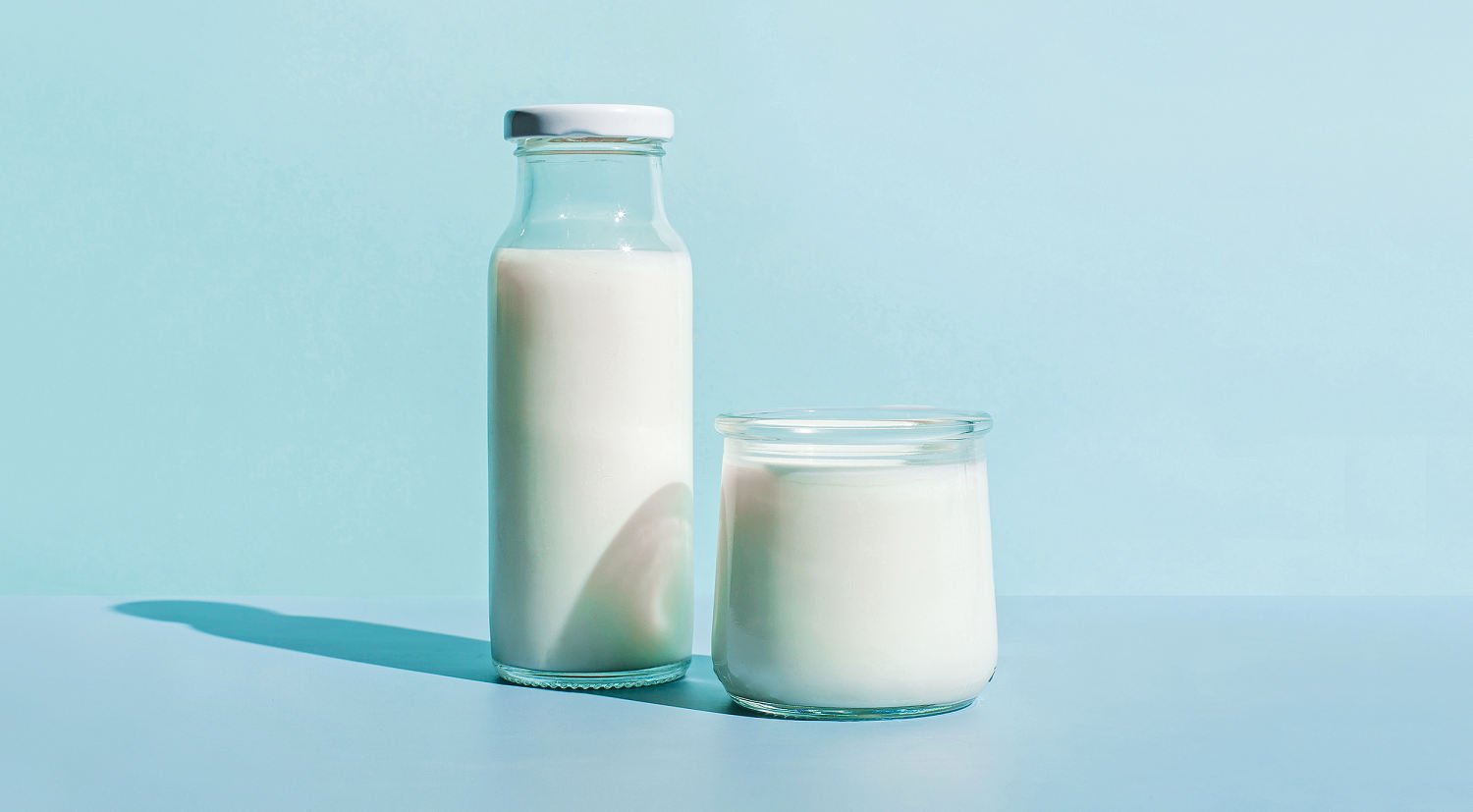
Heavy cream is one of the more versatile ingredients found in the dairy aisle. It adds thickness to creamy sauces, keeps mashed potatoes light and fluffy and helps stabilize custard mixtures for dishes such as , and chocolate mousse. When whipped on its own, it’s a beloved topper for desserts like and pavlovas.
So, what do you do when you open the refrigerator and realize you’re out of heavy cream? Don’t stress — there are several ways to create seamless heavy cream substitutes with ingredients that you already have in your kitchen. Below, you’ll find our top nine substitutes for heavy cream that can be used for all of your everyday baking and cooking needs. You’ve probably noticed cartons of cream at the grocery store labeled as either .
Can you substitute one for the other? In short, yes. For all intents and purposes, these two cream products are basically the same thing. Heavy cream is made by pasteurizing whole milk and then spinning it in a centrifuge so that the fat rises to the top and separates from what is now skim milk.
The fat and skim milk are then combined in a particular proportion to make heavy cream. Finding the right substitutes for heavy cream is essential for creating various textures and flavors in desserts and other culinary creations. One easy swap is a duo of whole milk and .
“I use a combination of 3/4 cup whole milk and 1/4 cup melted butter in cake and muffin recipes for the creaminess that one cup of heavy cream adds to a recipe,” says Bridget Vickers, senior chef-instructor at the Institute of Culinary Education. Simply place the two ingredients in a bowl or measuring cup and whisk until well combined. However, this combination won’t create the same milkfat content as heavy cream.
According to the U.S. Food and Drug Administration, heavy cream should not contain less than 36 percent milkfat.
This combination, while rich and fatty in its own right, won’t whip similarly to heavy cream, but it still works wonders in baked goods. Half-and-half is sort of like milk’s creamier cousin — it is made by combining equal parts whole milk and heavy cream. While the milkfat content is higher than the whole milk and butter combination, it’s still not quite up to par when it comes to whipping.
It does work similarly in and , or in savory dishes like creamed corn or creamy soups. For one cup of cream, whisk together 2/3 cup of half-and-half and 1/3 cup of melted butter. For a protein-packed substitute for heavy cream, combine equal parts and whole or skim milk to make this creamy substitute.
This swap works well in certain quick breads (like banana bread or simple muffins), or as a base for homemade frozen yogurt. works in a similar way as yogurt. When you choose cottage cheese with a relatively high fat content and blend it with an equal amount of whole milk, it develops a luxurious texture, perfect for thickening soups, sauces and gravies.
Keep an eye on the salt level in the dish you’re using it in, since cottage cheese already contains a good amount of sodium. And be sure to remove the dish from the heat before stirring in this thickener; otherwise, it could curdle. As a general rule, avoid combining dairy and non-dairy ingredients when making these substitutions.
For instance, we don’t recommend combining a plant-based milk with dairy like yogurt or cottage cheese. Whole or skim milk mixed with cornstarch is a quick fix when you’ve run out of heavy cream. While it’s not ideal for baking or whipping, it’s great for thickening and sauces.
Achieving a substitute that will whip up similarly to heavy cream is not easy, but coconut cream is by far the best swap for that task. “Coconut cream can be used as a whipped topping, in mousse recipes or as a base for dairy-free ice cream,” says Vickers. You don’t have to do much to “make” coconut cream.
Pop a can of full-fat coconut milk in the refrigerator for a few hours — the coconut cream will separate from the , leaving a thick layer on top. Simply scoop it into a chilled mixing bowl with some powdered sugar and a splash of vanilla and whip it for a few seconds until light and fluffy. Note that it will impart a subtle coconut flavor to your dish.
A combination of silken tofu and soy milk is another great plant-based combination. Vickers uses a combination of 1/4 cup drained silken tofu and 3/4 cup soy milk as a vegan substitute in puddings. She also loves to add a spoonful or two to .
It makes the fruity base even thicker and luscious without adding too much extra fat. Soy milk is a natural pairing for tofu, but any plant-based milk will do here. Just be sure to use milk that has a neutral flavor, which is important when you want the focus to remain on the primary flavors of the dessert.
She notes that soy milk also has a similar protein content to cow’s milk, so it’s a natural swap. Soy milk and oil are a dynamic duo. It’s a similar pairing as milk and melted butter, but it’s suitable for .
Like many of these substitutes, it’s not ideal for whipping, but it does the trick when you need to thicken liquids or add moisture to baked goods. For each cup of heavy cream in a recipe, whisk together 2/3 cup soy milk and 1/3 cup oil. You can use olive oil or vegetable oil — it depends on the general flavor of the dish you plan to use it for.
If it’s something that olive oil would overpower, choose something more neutral. Cashew cream is a thick and creamy vegan swap for heavy cream. Again, it won’t whip like the real thing, but its texture is unmatched.
Plus, you don’t run the risk of curdling it as you might with dairy-based substitutes. For the best texture, soak one cup of cashews in cold water for at least four hours (or up to twelve) and blend them in a high-powered blender with at least 1/4 cup water — you can add more as needed to adjust the consistency. Use cashew cream at a one-to-one ratio for and pasta sauces.
Riley Wofford is a freelance recipe developer and food stylist based in NYC. She has spent the last decade in the culinary field, transitioning from large-scale catering to editorial and commercial food media. Previously, she was a food editor at and an in-house food stylist at Marley Spoon and Dinnerly.
She loves teaching people how to cook, especially when it comes to plant-forward meals. In her free time, she enjoys spontaneous road trips, baseball games, and hanging out in the park with her dog, Millie..














